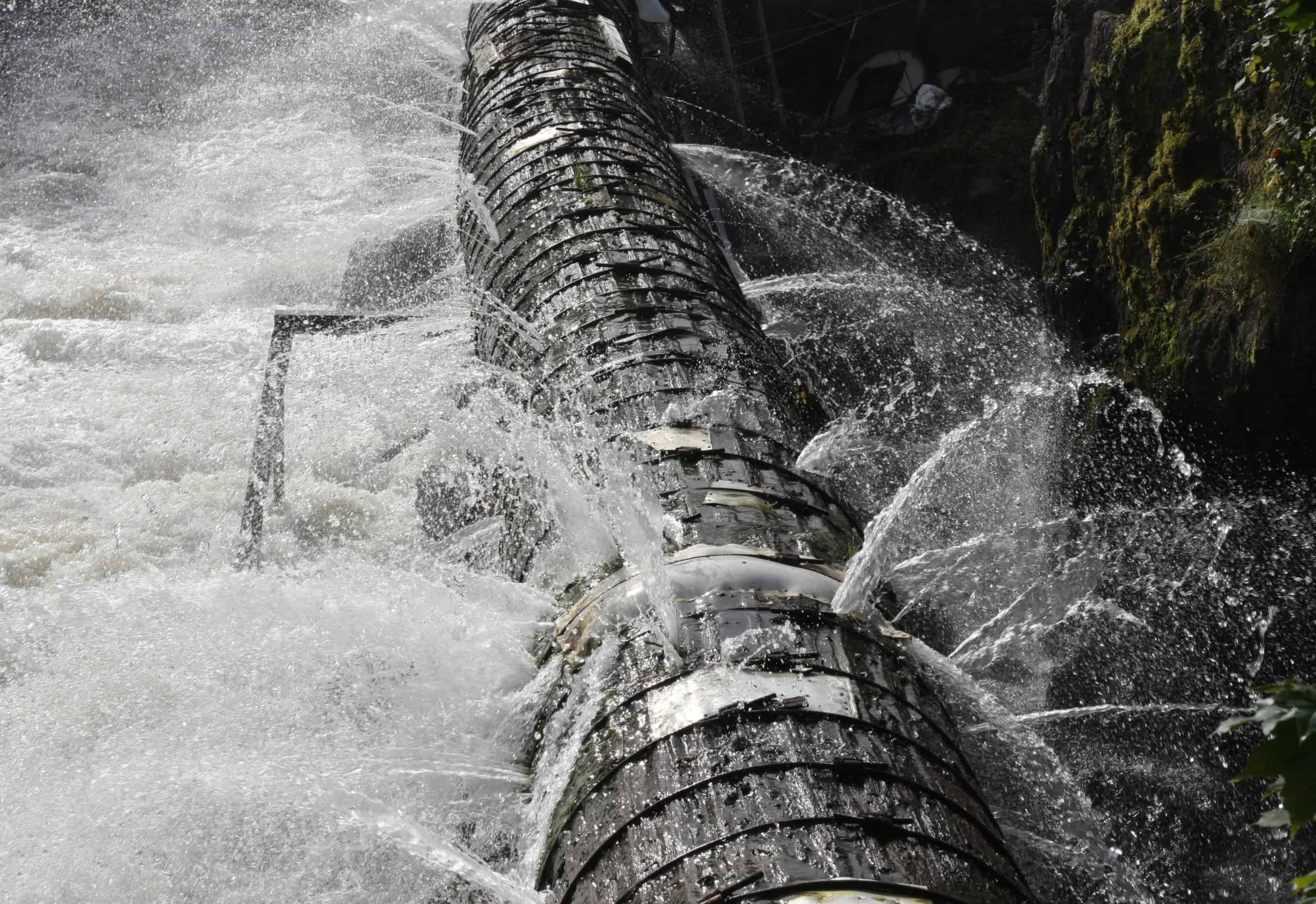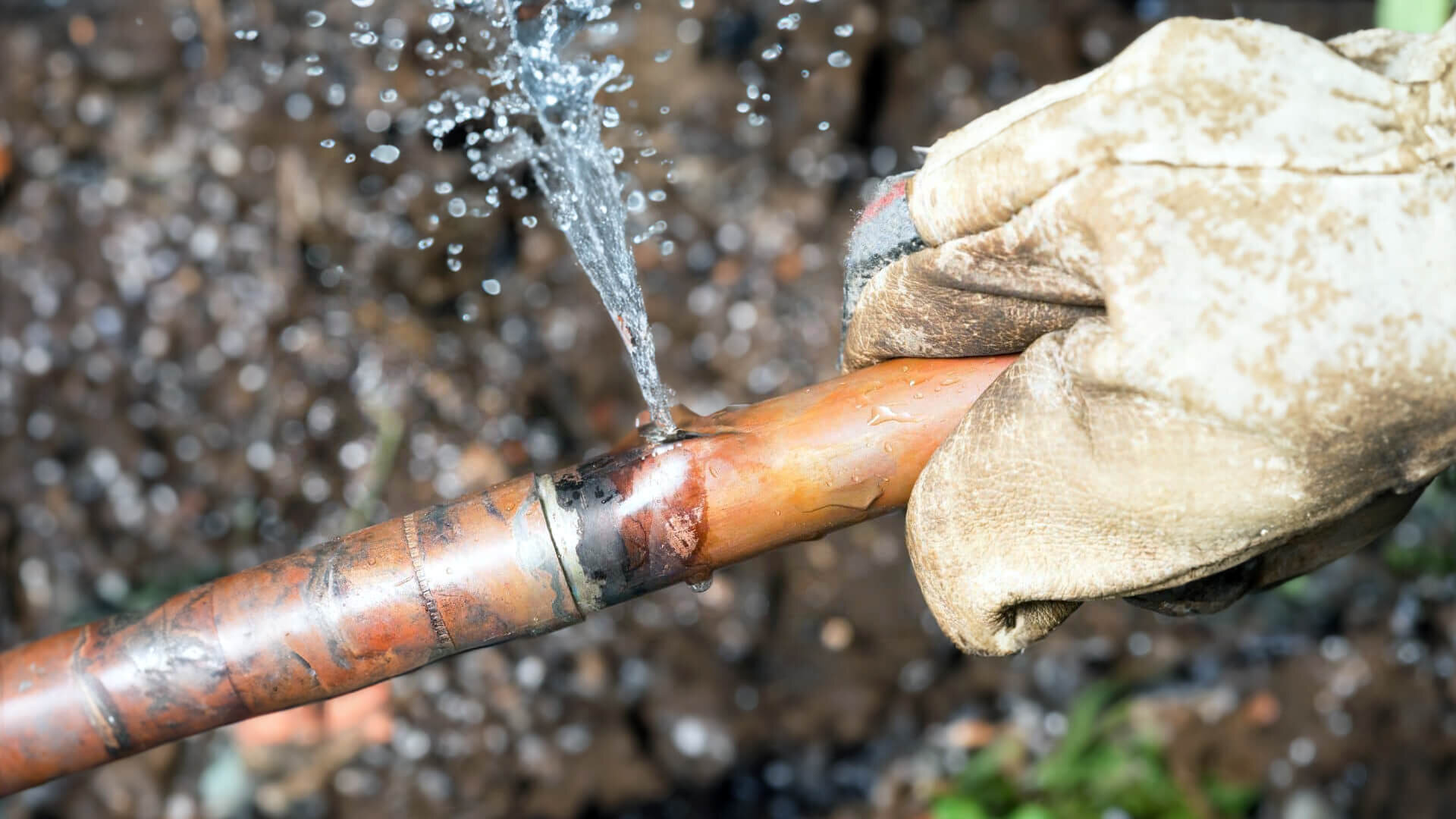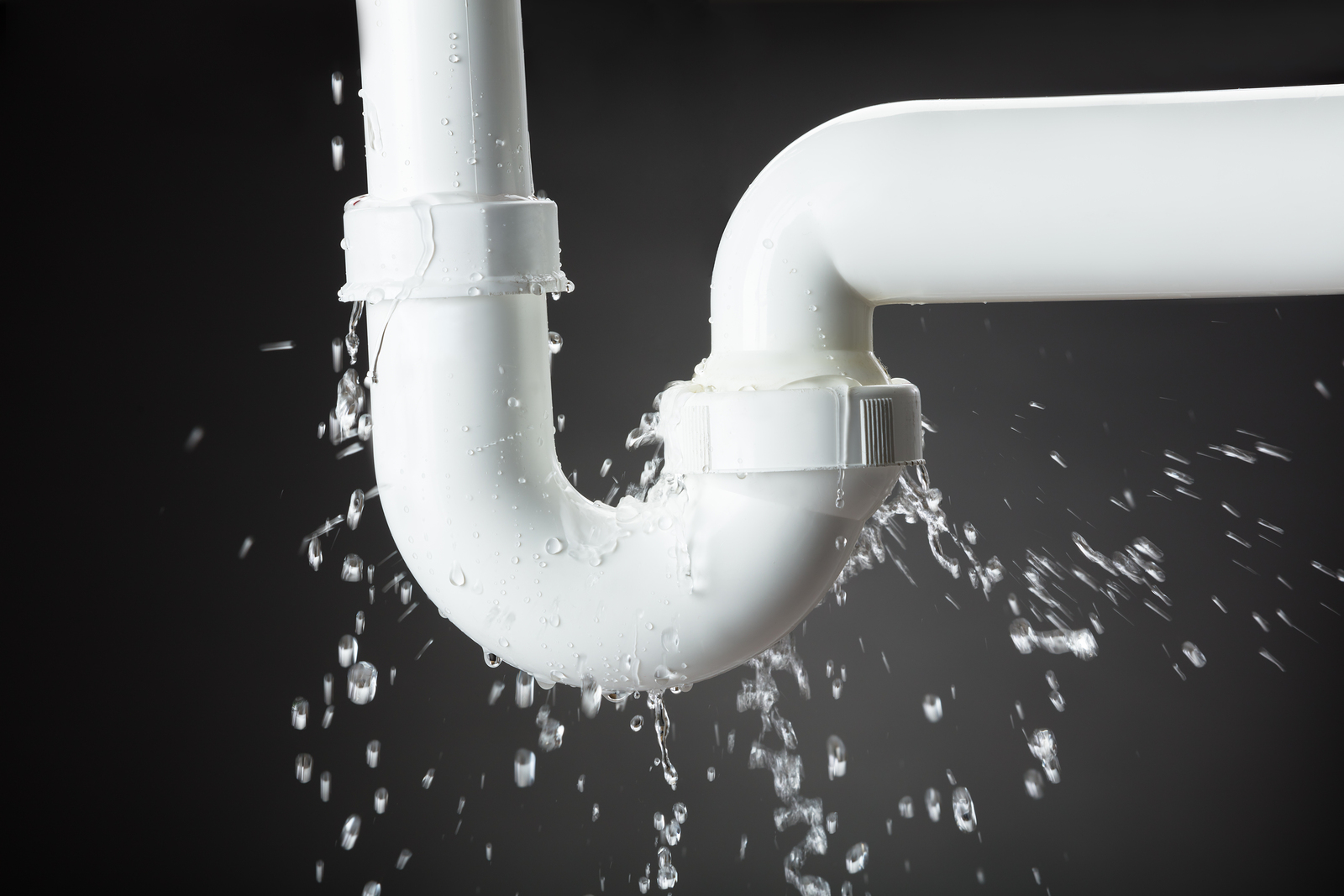How to Fix a Burst Pipe Yourself: A Step-by-Step Guide for Homeowners
How to Fix a Burst Pipe Yourself: A Step-by-Step Guide for Homeowners
Blog Article
Stopping Ruptured Pipes: Important Tips to Protect Your Pipes
Stopping burst pipes is a vital issue for homeowners, particularly during colder months when the risk of freezing is enhanced. Executing critical procedures such as proper insulation, regular evaluations, and keeping regular indoor temperatures can significantly minimize the probability of pipe failure.
Understand Pipeline Vulnerabilities
Understanding pipe susceptabilities is vital for reliable pipes maintenance and protecting against pricey damage. Numerous variables contribute to the sensitivity of pipes to bursts, including material composition, age, and environmental problems. Older pipelines, particularly those made from galvanized steel or polybutylene, commonly degrade with time, leading to enhanced danger of leakages and ruptures.
Temperature level changes can also substantially effect pipe stability. In chillier environments, water trapped in pipelines can freeze, increasing and putting in stress on the pipe walls, which might ultimately cause a ruptured. High water pressure can strain pipes, specifically at joints and bends, increasing the chance of failure.

Insulate Pipes Appropriately
Appropriate insulation of pipelines is vital for protecting against cold and succeeding ruptureds during winter (burst pipe). Shielding your pipes system efficiently safeguards against temperature level drops that can result in expensive damage. Begin by determining prone locations where pipelines are revealed to outside temperature levels, such as cellars, attic rooms, and exterior walls
Use foam pipeline insulation sleeves or wrap insulation tape around these locations to give a safety obstacle. Ensure that all sections of the pipelines, specifically those with minimal heat direct exposure, obtain adequate insulation. Pay unique interest to joints and installations, as these are much more susceptible to cold.
When shielding, it's vital to pick materials that satisfy regional building regulations and are suitable for the specific setting. As an example, fiberglass insulation is usually suggested for its thermal resistance residential or commercial properties - burst pipe. In addition, take into consideration making use of warm cables or tape in extreme conditions, which can be connected in to give supplemental warmth
Regularly evaluate insulated pipes for any type of indications of wear or damages, as jeopardized insulation can reduce its efficiency. By taking these aggressive measures, you dramatically lower the threat of pipeline ruptureds, making certain a reliable pipes system throughout the winter season months.
Maintain Regular Temperature Level
A steady interior temperature is necessary for protecting against burst pipelines throughout the cold months. When temperatures decrease, water within pipes can ice up, expanding and developing pressure that may ultimately cause the pipelines to burst.Utilizing a programmable thermostat can aid take care of indoor temperatures effectively, guaranteeing that rooms with pipes remain warm even when the residence is unoccupied.
This minor circulation of water can avoid freezing by minimizing pressure within the pipes. By carrying out these approaches, property owners can dramatically minimize the risk of pipe ruptureds and secure their plumbing systems versus the harsh winter season aspects.
Routinely Examine Pipes
Routine assessments of plumbing systems are important for stopping burst pipes and preserving general home stability. Regular checks enable property owners to determine prospective problems before they escalate right into costly repair work or major water damages. Throughout these inspections, it is important to check out visible pipes for signs of deterioration, leakages, or put on. Pay special attention to locations prone to freezing, such as basements, attics, and exterior wall surfaces.
Additionally, checking connections and joints is crucial, as these points are often susceptible to leaks. Home owners must additionally examine water pressure levels, as excessive stress can strain additional info the plumbing system and enhance the danger of pipeline ruptureds.
Consider scheduling professional pipes evaluations at least when a year, specifically prior to winter months, to guarantee your system is prepared for cooler temperatures. By being proactive in your technique, you can safeguard your home against the pricey and disruptive effects of burst pipes.
Know Emergency Situation Treatments
Recognizing emergency situation treatments is important for every property owner, especially after performing regular plumbing examinations. Being prepared for a pipes emergency situation can substantially reduce damages and conserve expenses.
Next, keep crucial devices useful. A plumbing emergency situation set must include a wrench, plunger, and towels, as well as a flashlight and a pail for tiny leaks. In addition, think about having the contact info for a relied on plumbing technician easily offered, must the circumstance rise past your control.
If you identify a leak or burst pipe, immediately switch off the water and alert your plumbing. Additionally, record the damage with photos for insurance policy purposes. burst pipe. Know the signs of potential pipes problems, such as unusual water stress variations or damp spots on walls
Inevitably, aggressive knowledge and speedy activity are important in handling plumbing emergency situations, ensuring your home stays protected and reducing potential damage.

Verdict
Finally, stopping burst pipes necessitates a complex strategy that consists of understanding pipeline vulnerabilities, appropriate insulation, keeping regular indoor temperatures, regular assessments, and understanding of emergency procedures. By implementing these necessary strategies, the threat of pipes failures can be considerably decreased, therefore guaranteeing the longevity and efficiency of the pipes system. Aggressive measures not just guard versus prospective damage but likewise add to overall water preservation and the defense of home.
In colder climates, water trapped in pipelines can freeze, expanding and applying stress on the pipeline wall surfaces, which might inevitably lead to a ruptured. When temperature levels decrease, water within pipes can freeze, expanding and producing stress that might inevitably cause the pipes to burst. By carrying out these techniques, property owners more helpful hints can considerably minimize the threat of pipeline bursts and protect their plumbing systems against the severe winter months elements.

Report this page